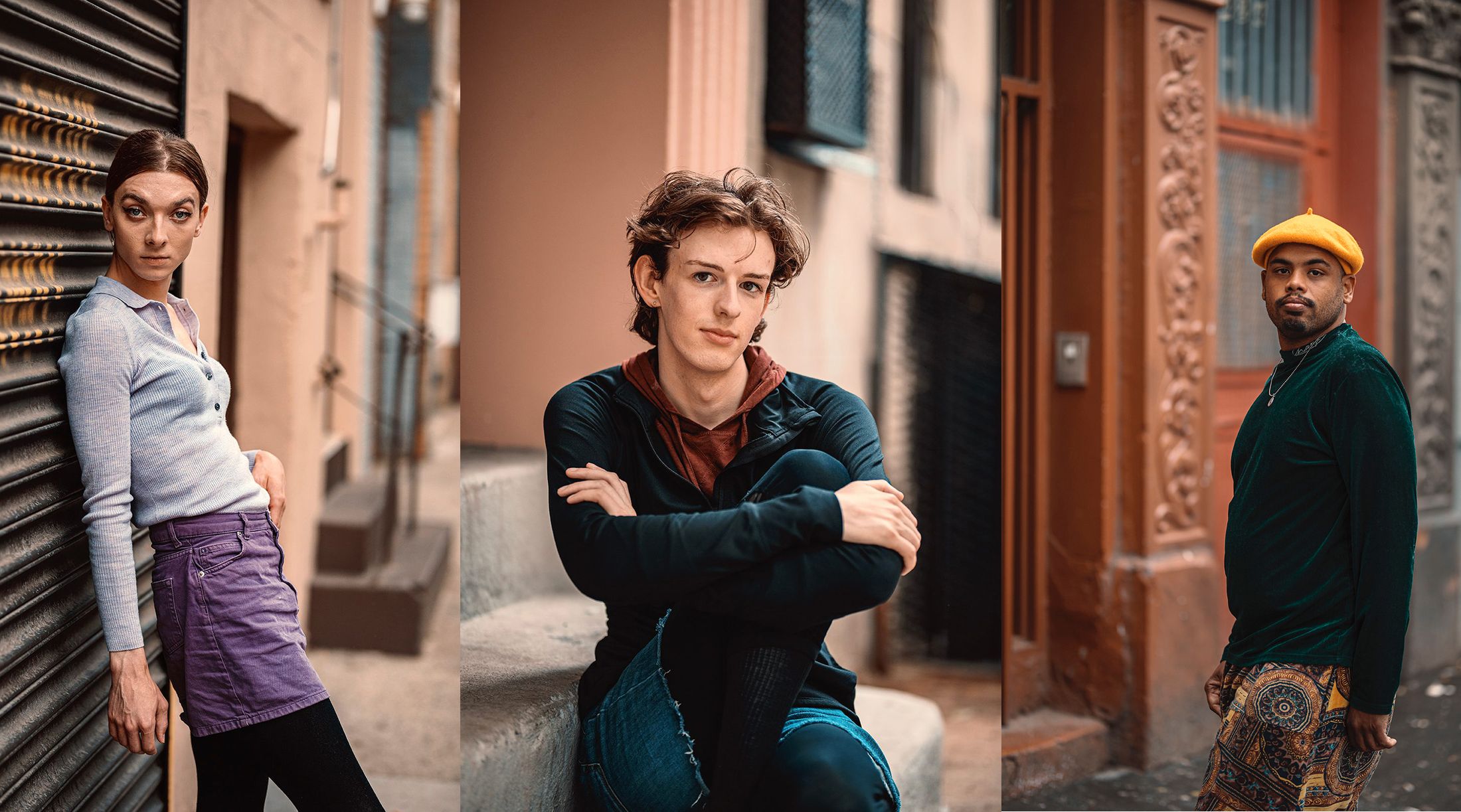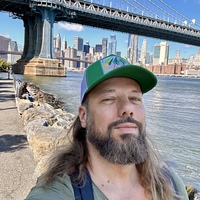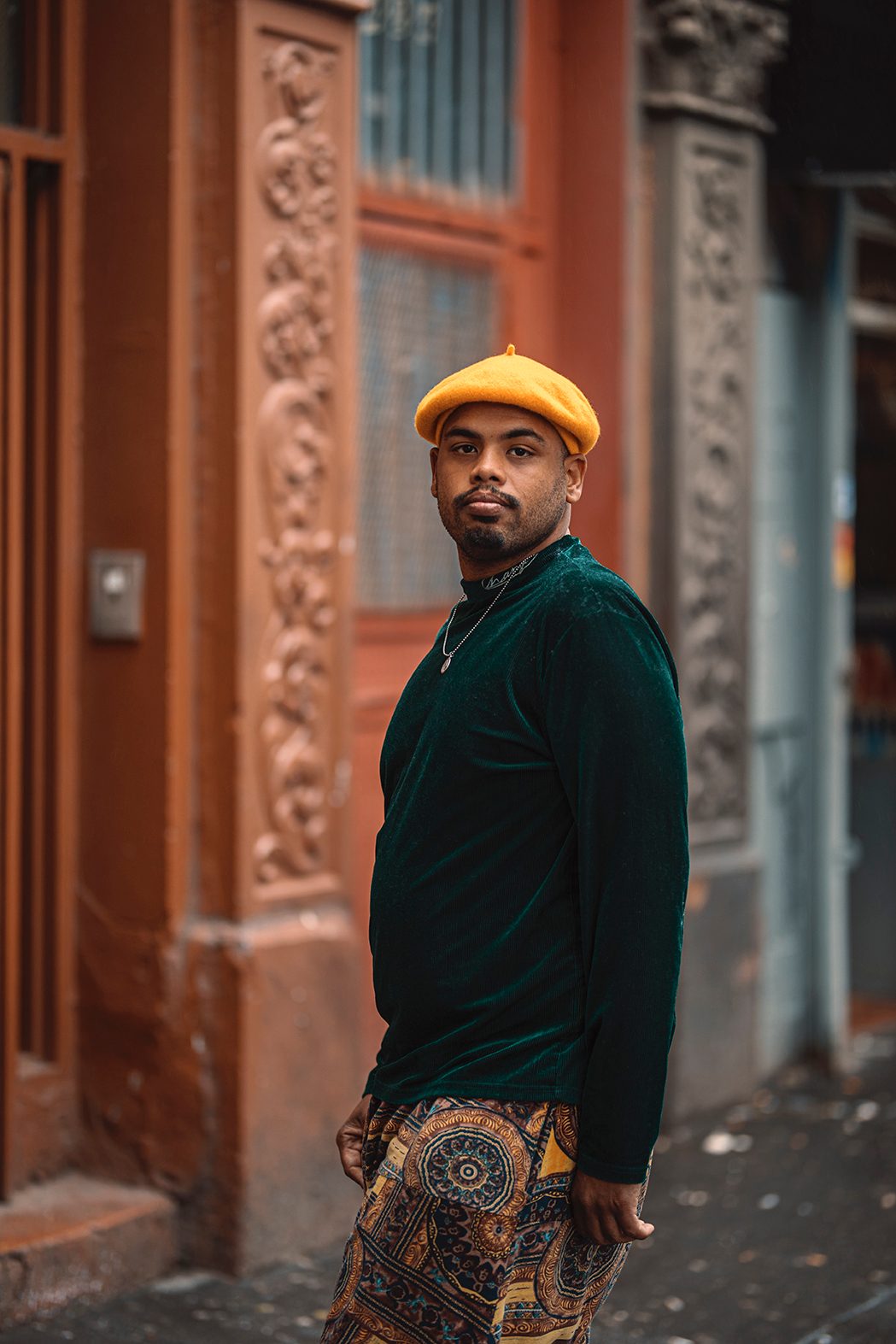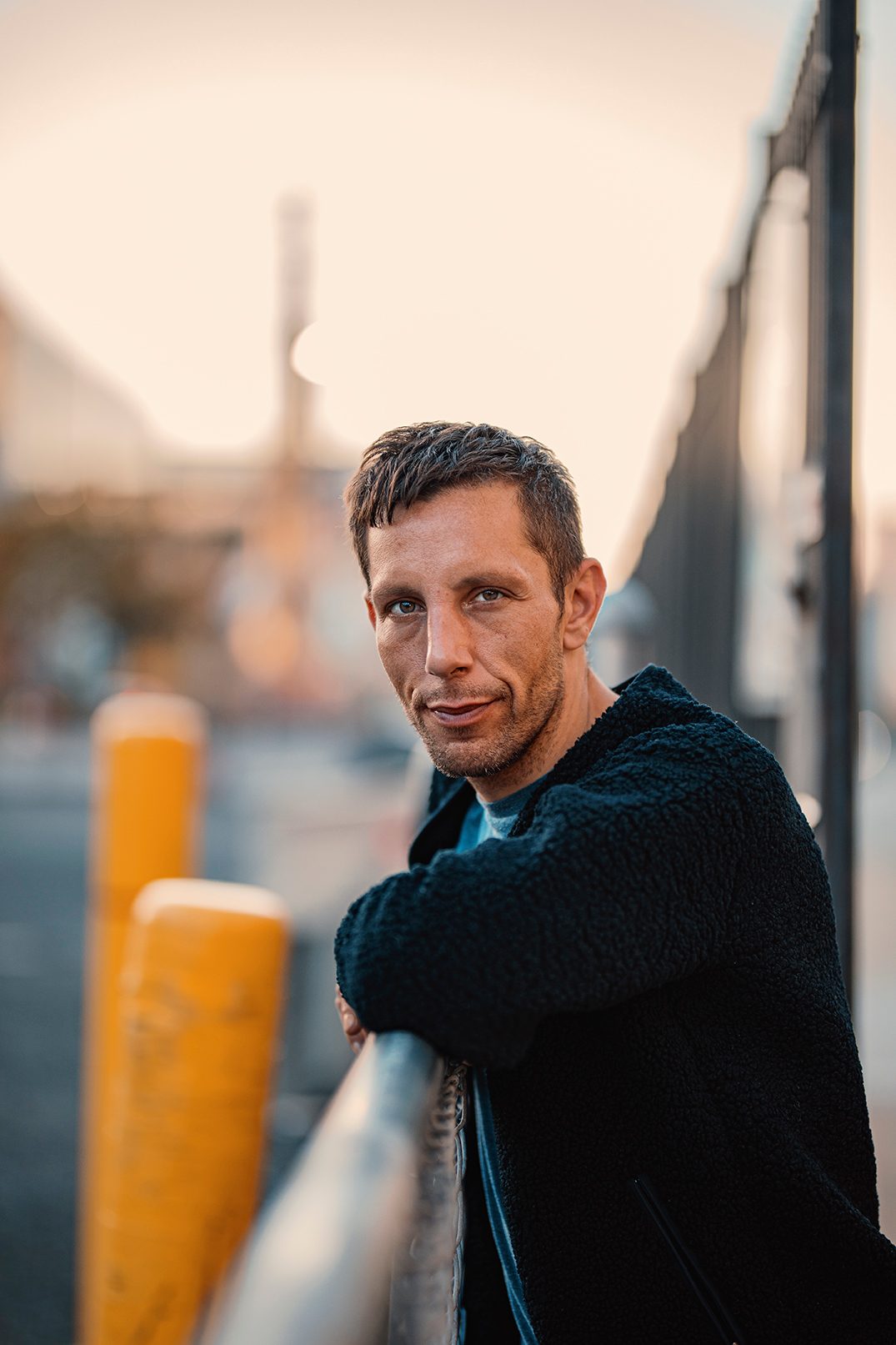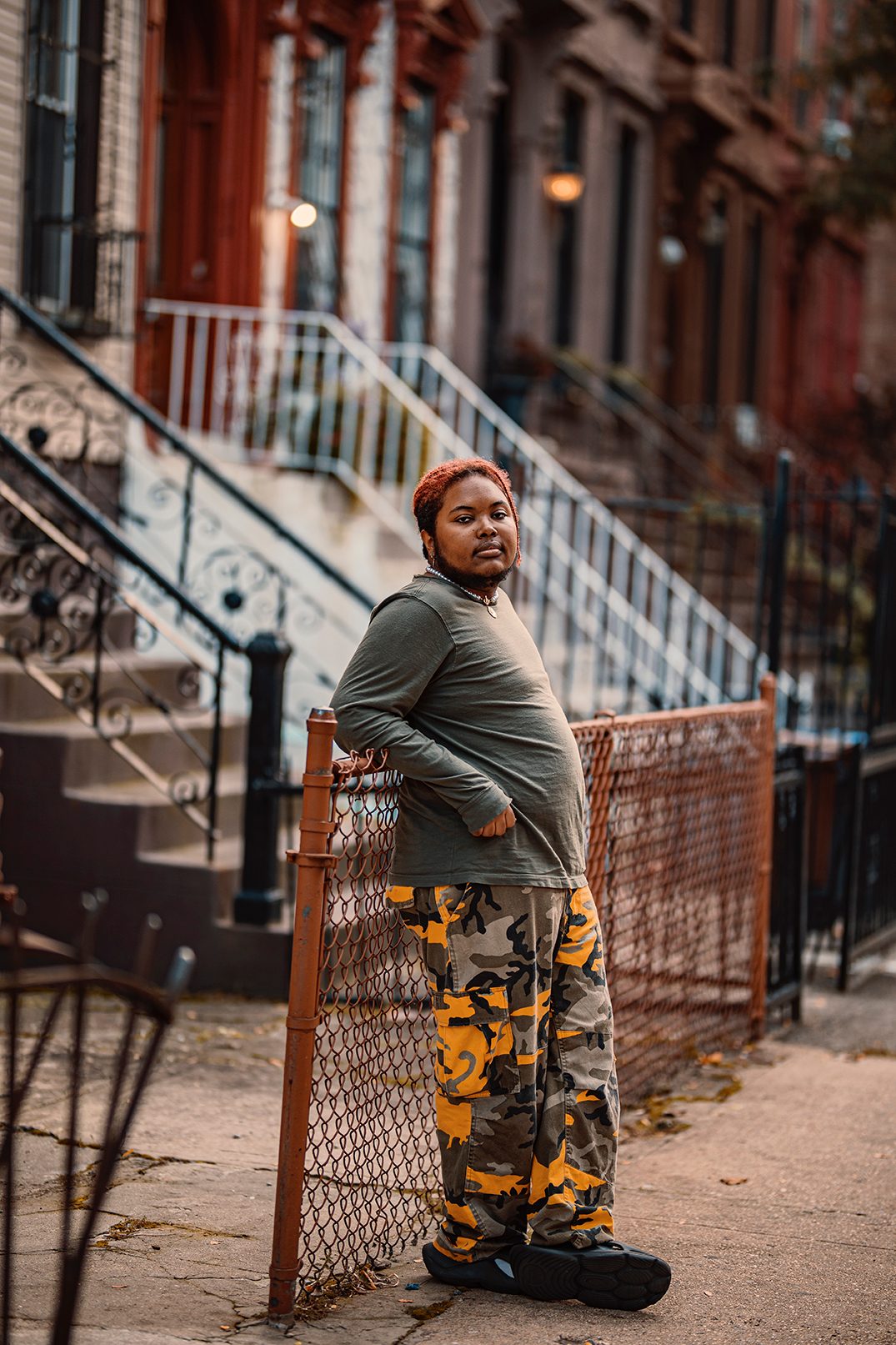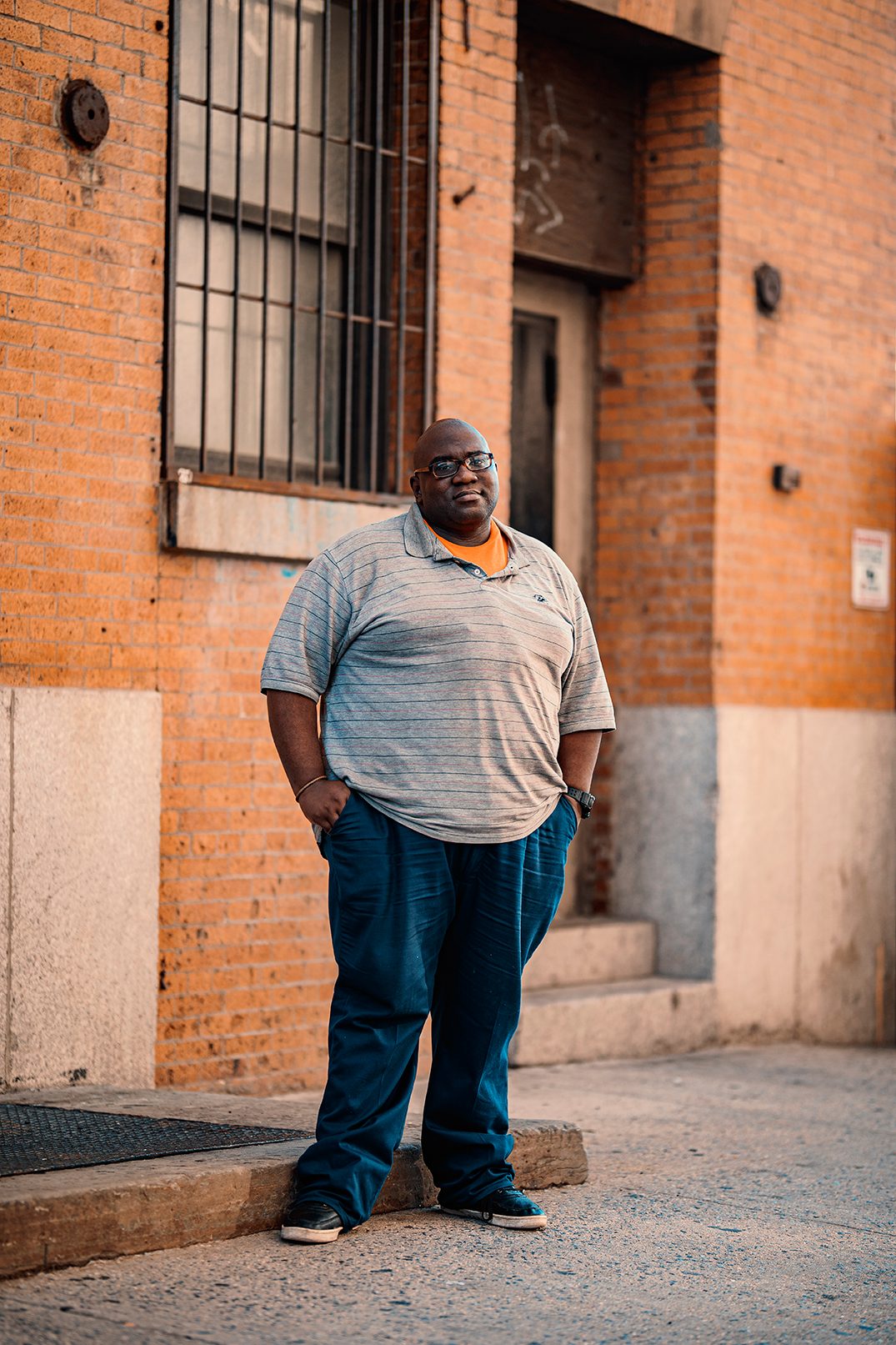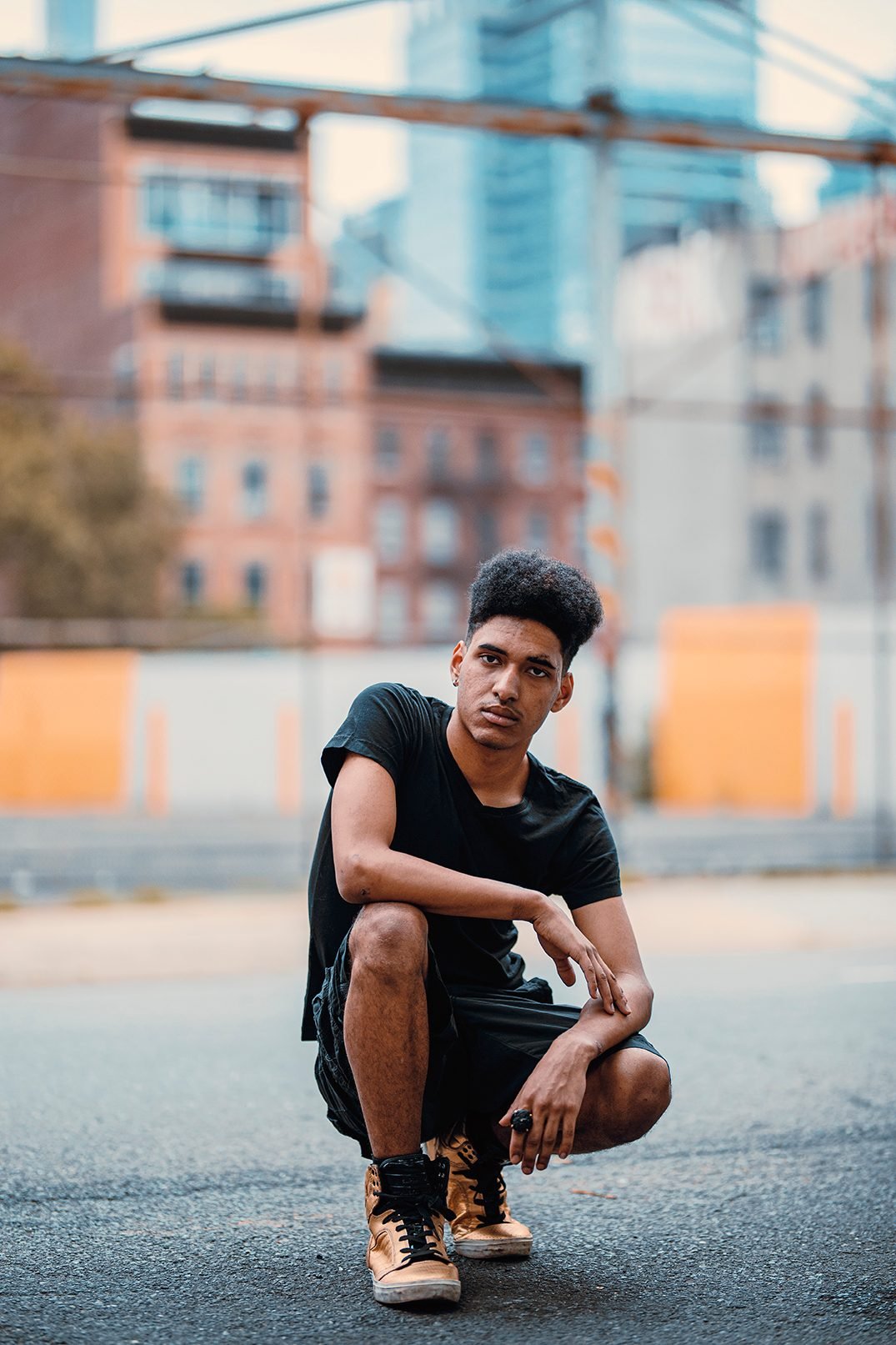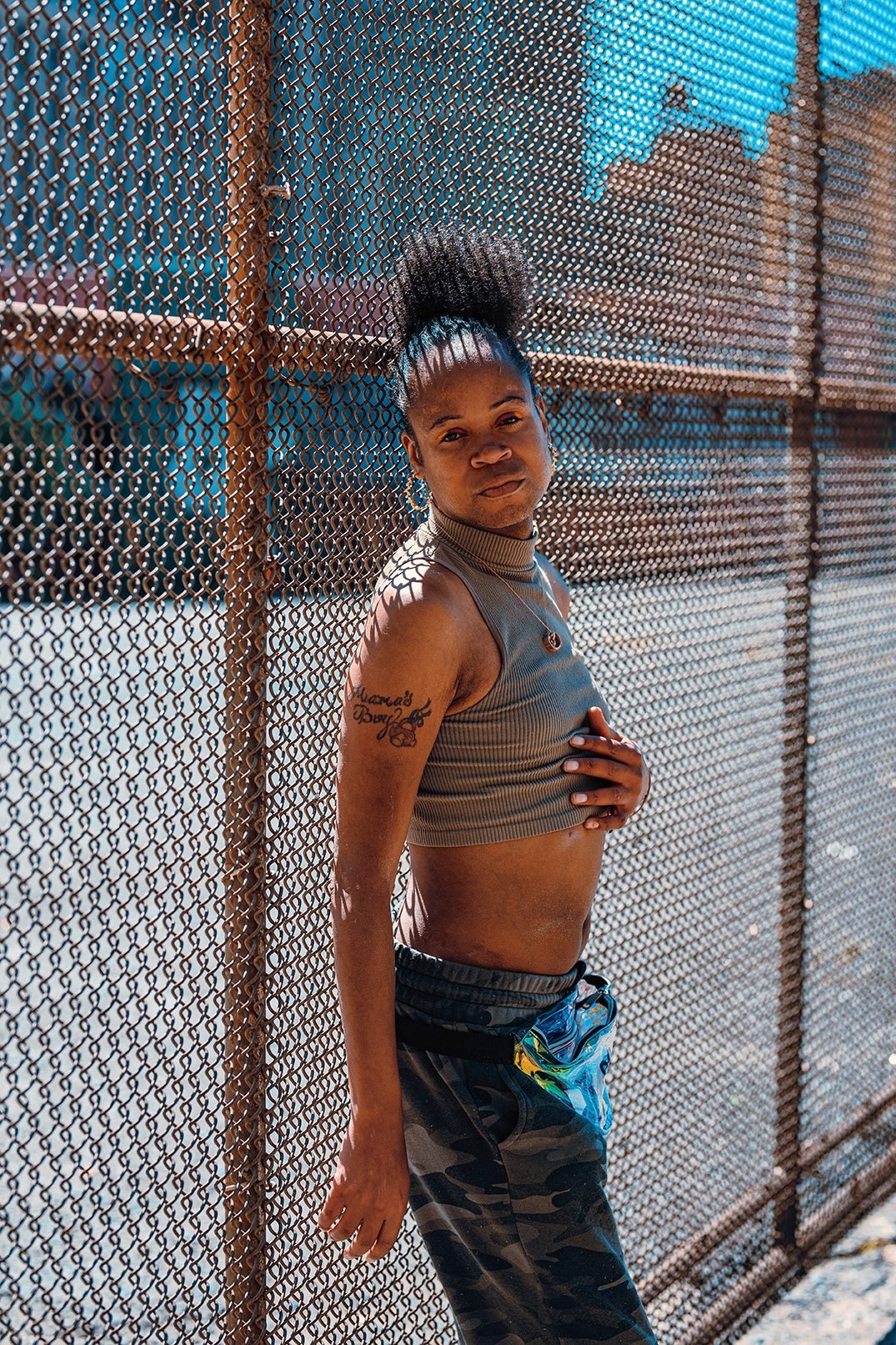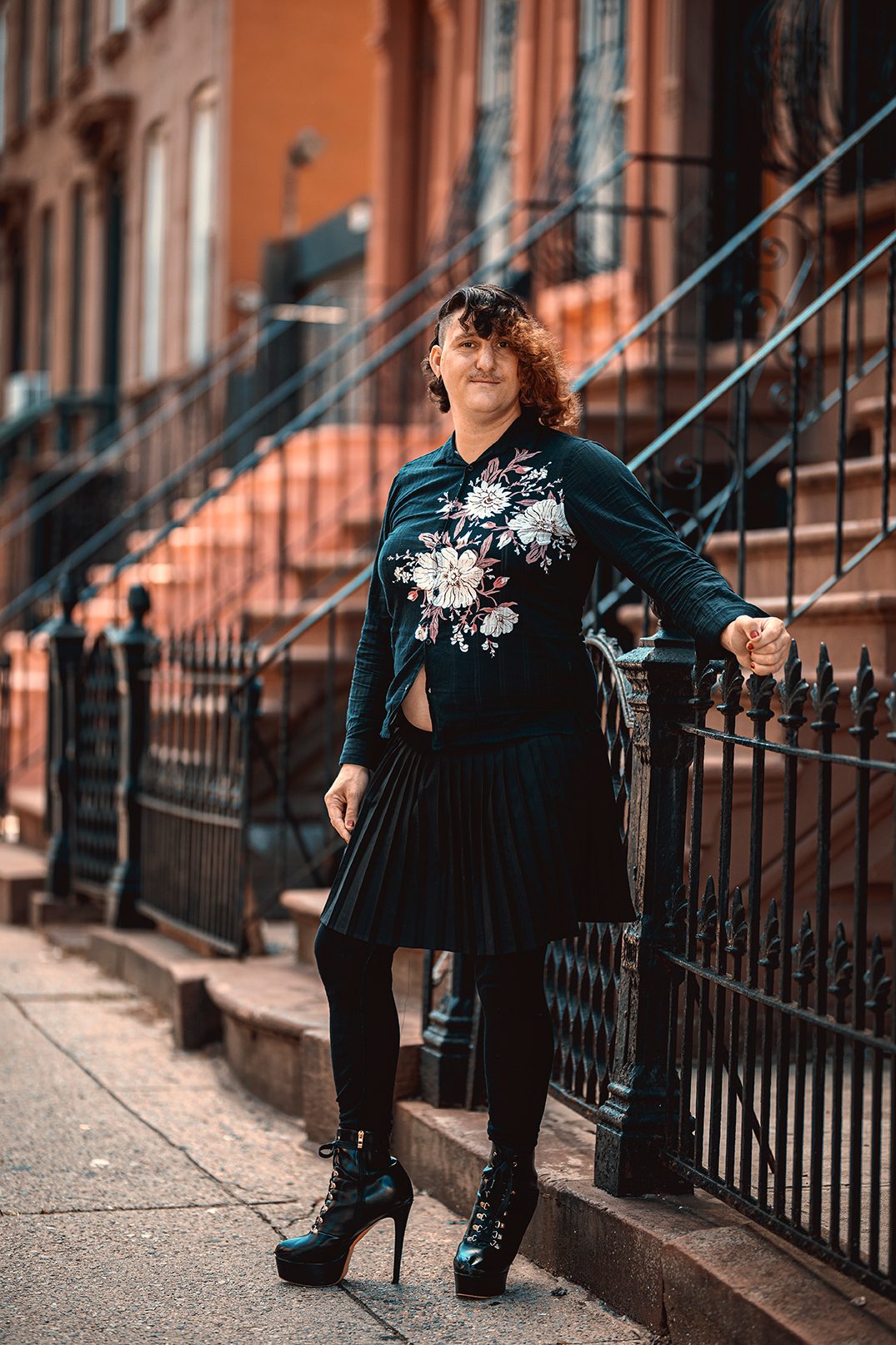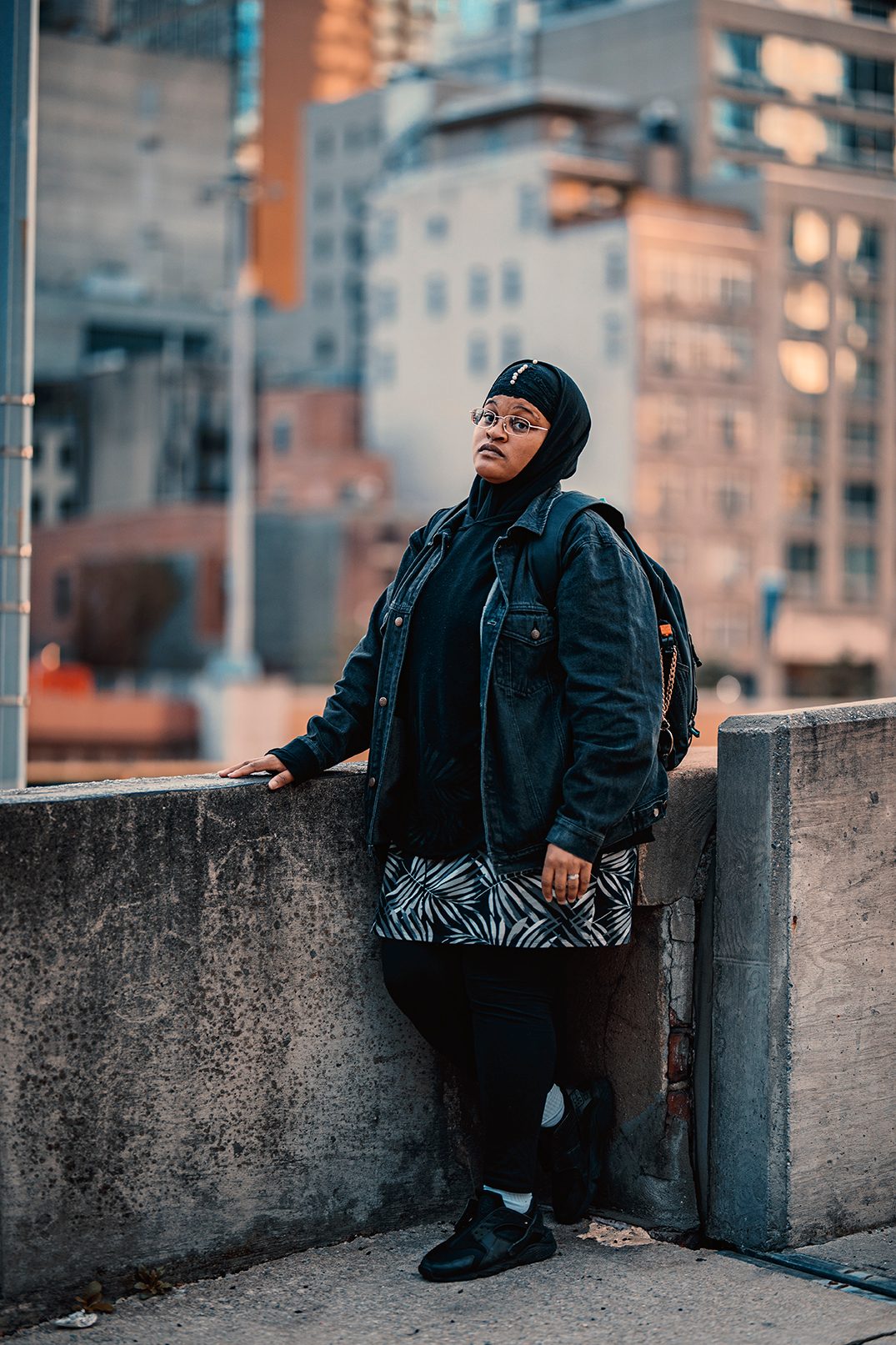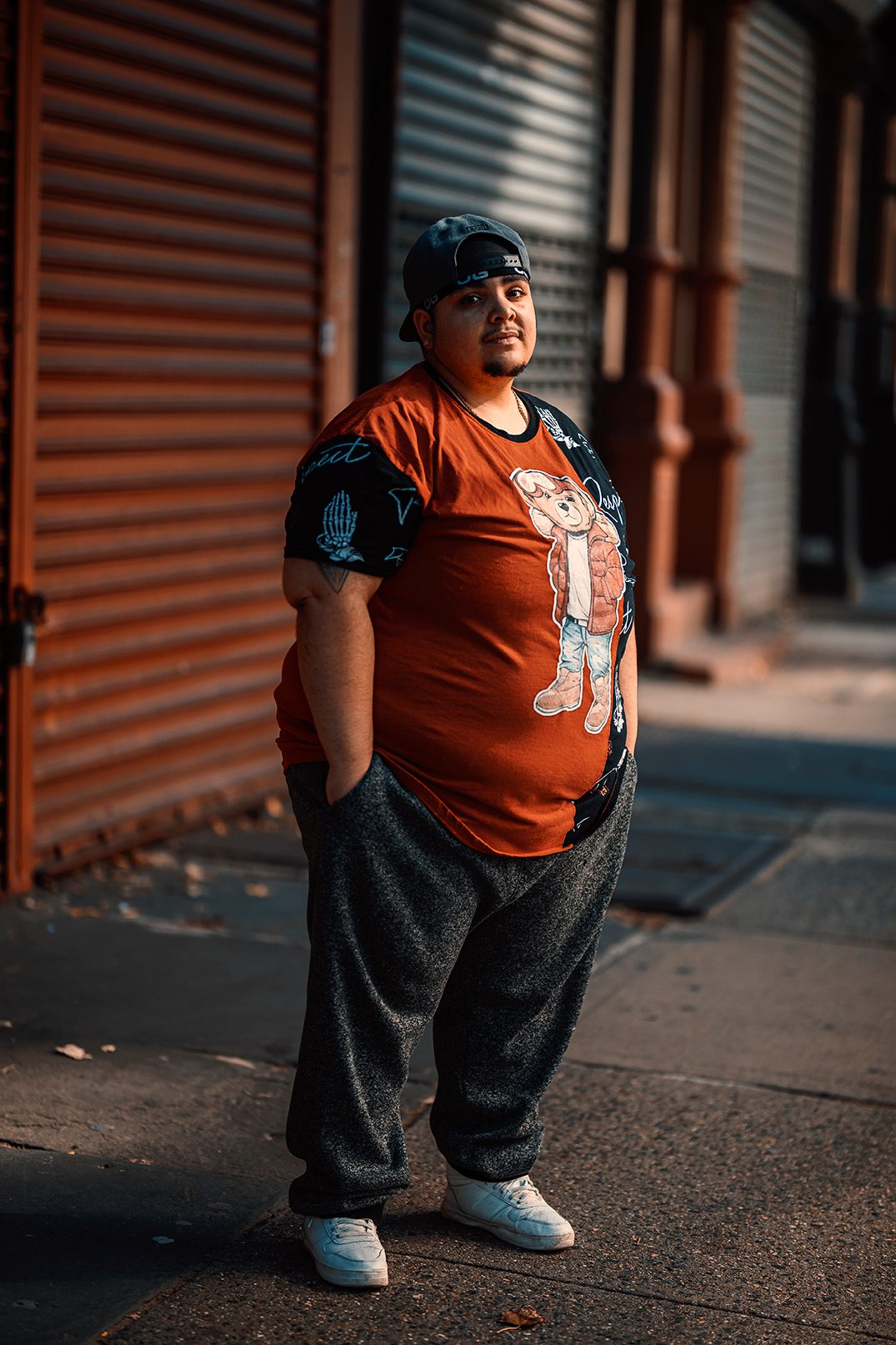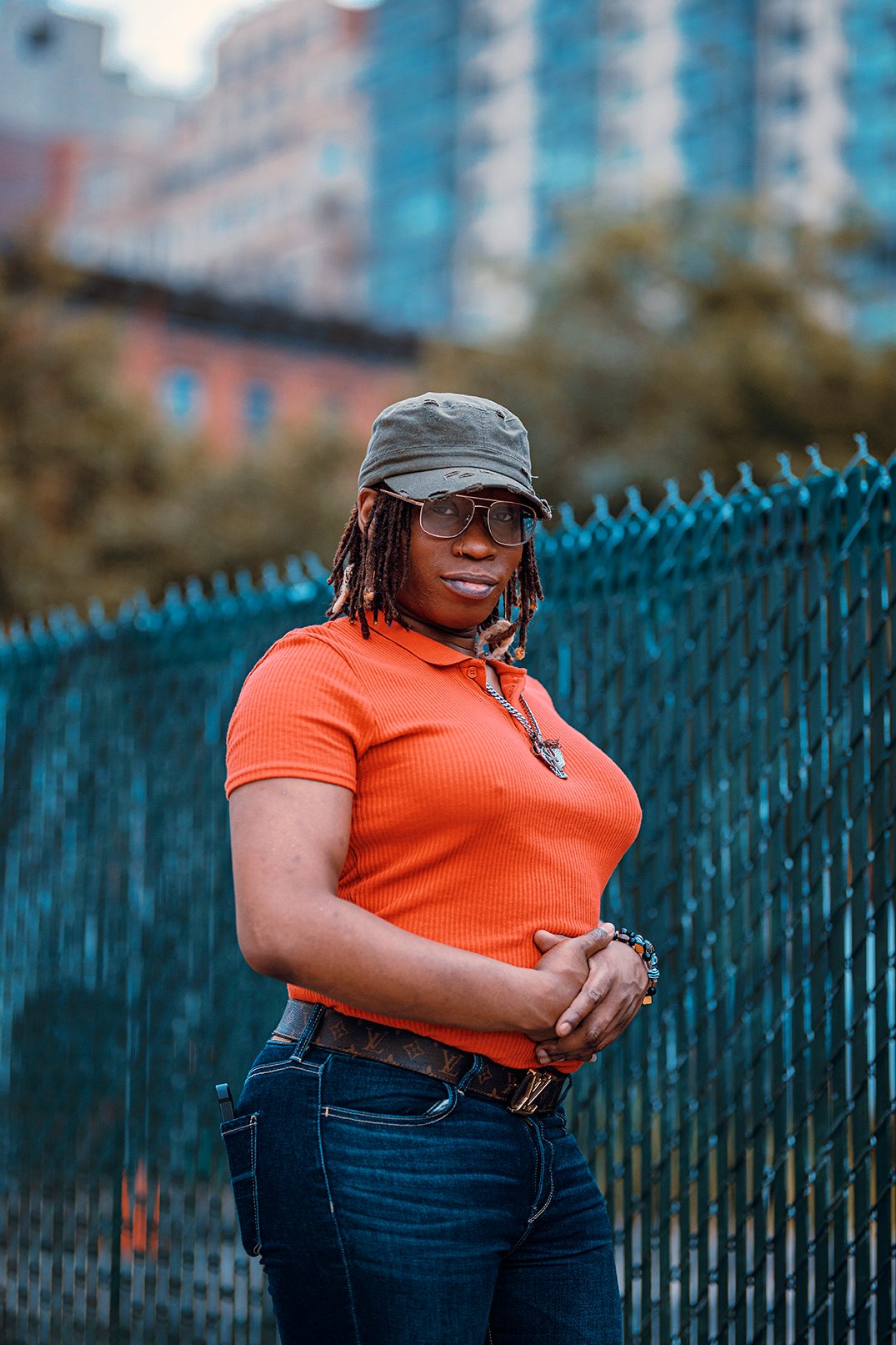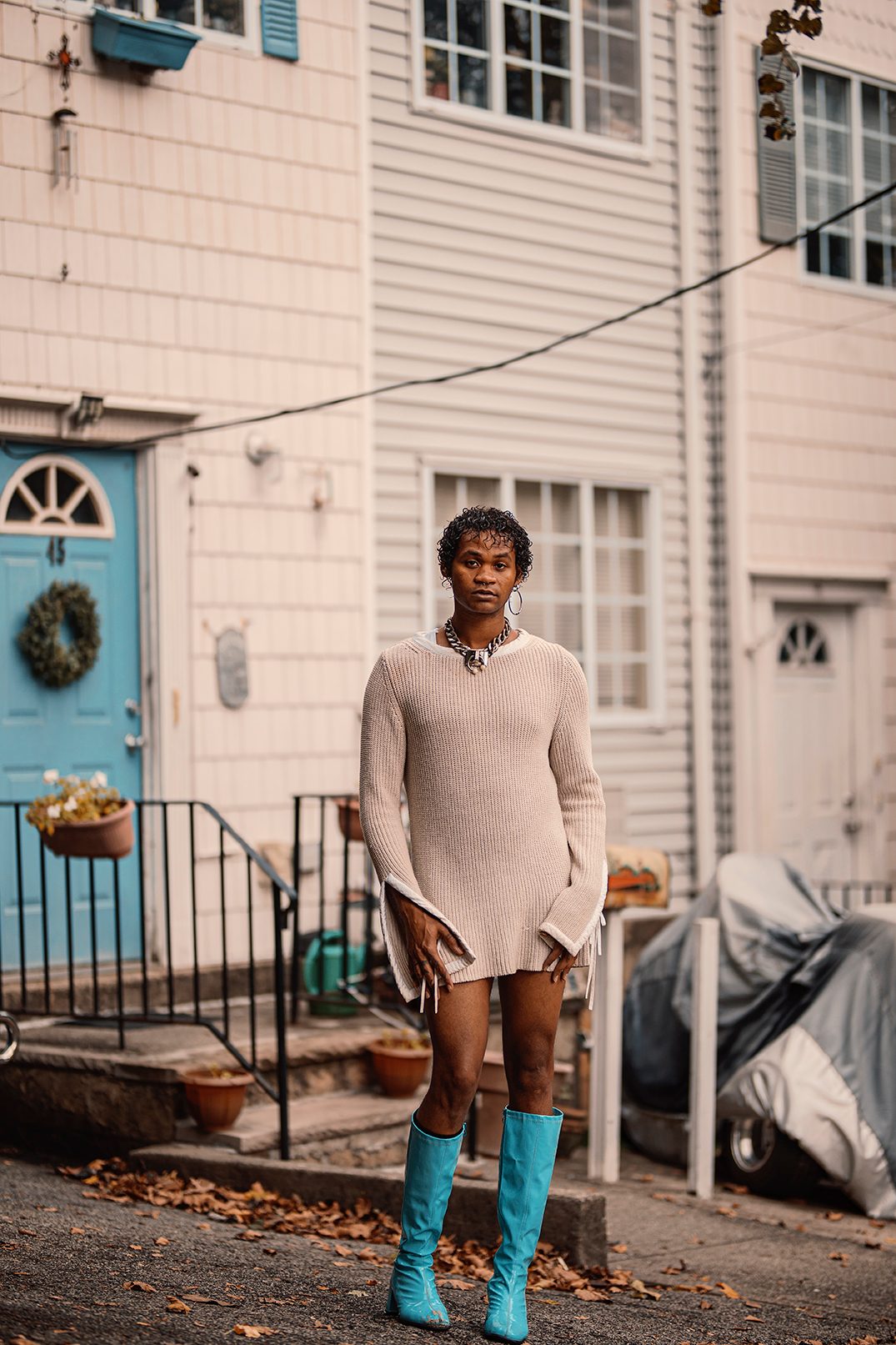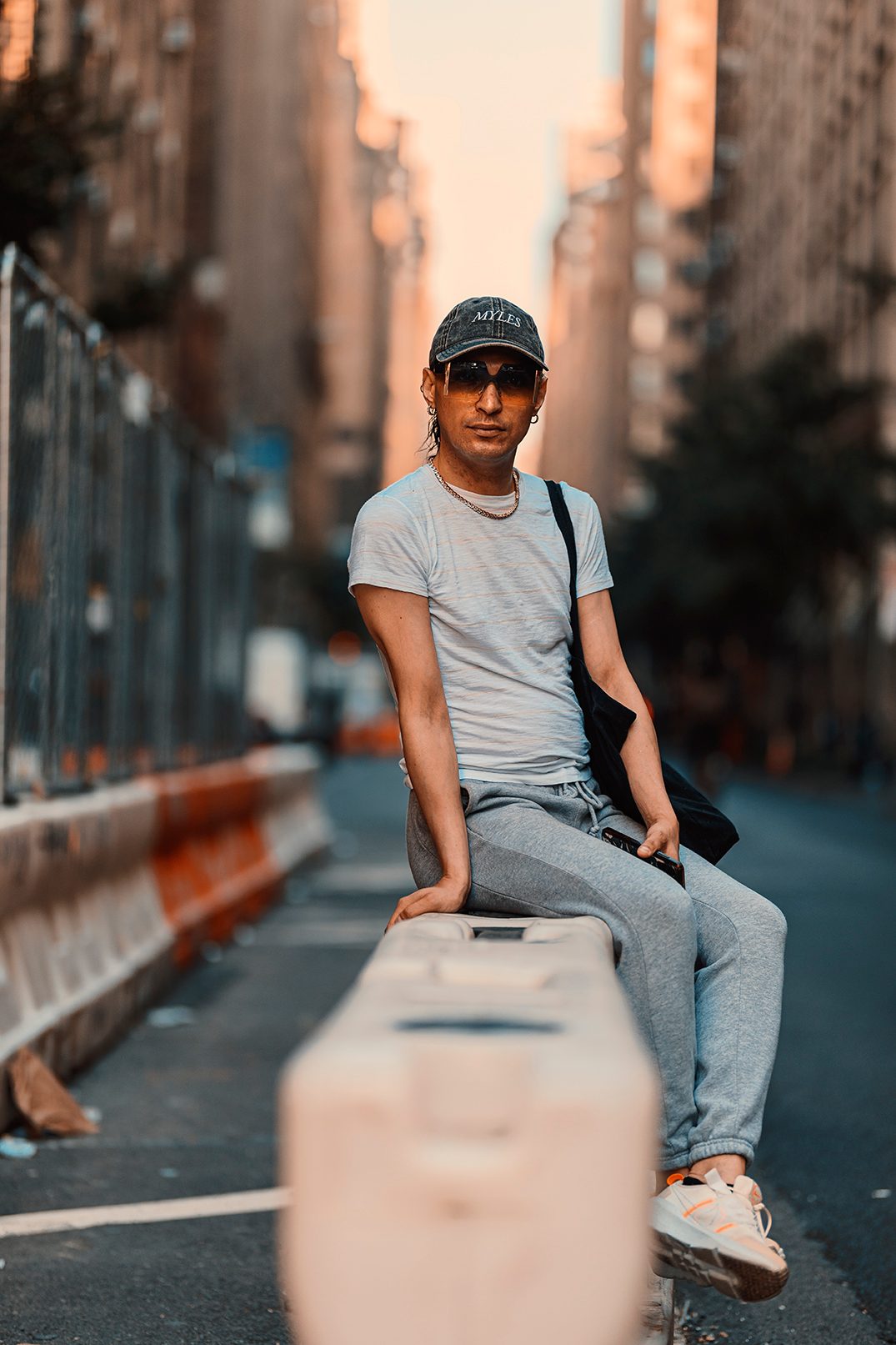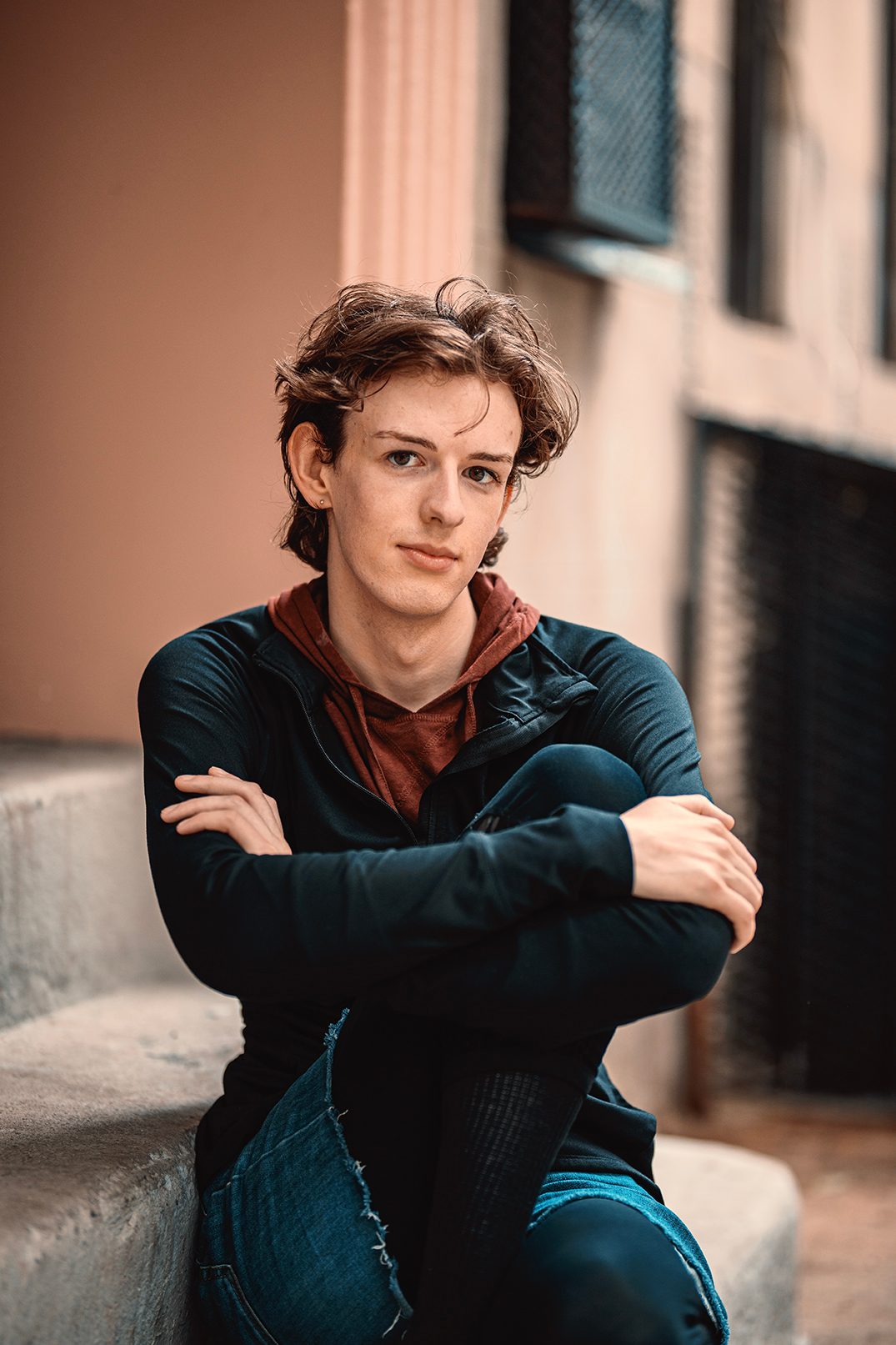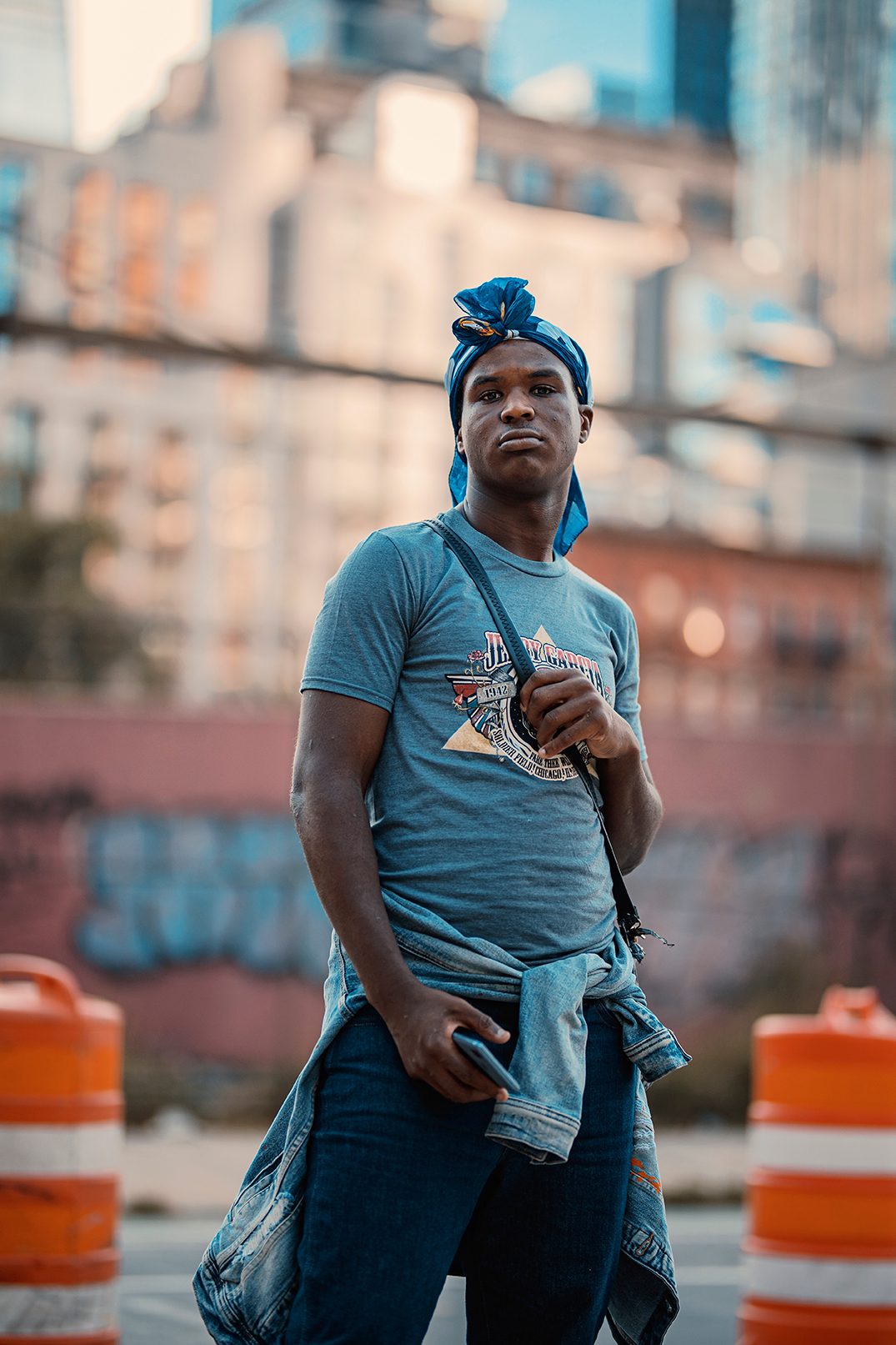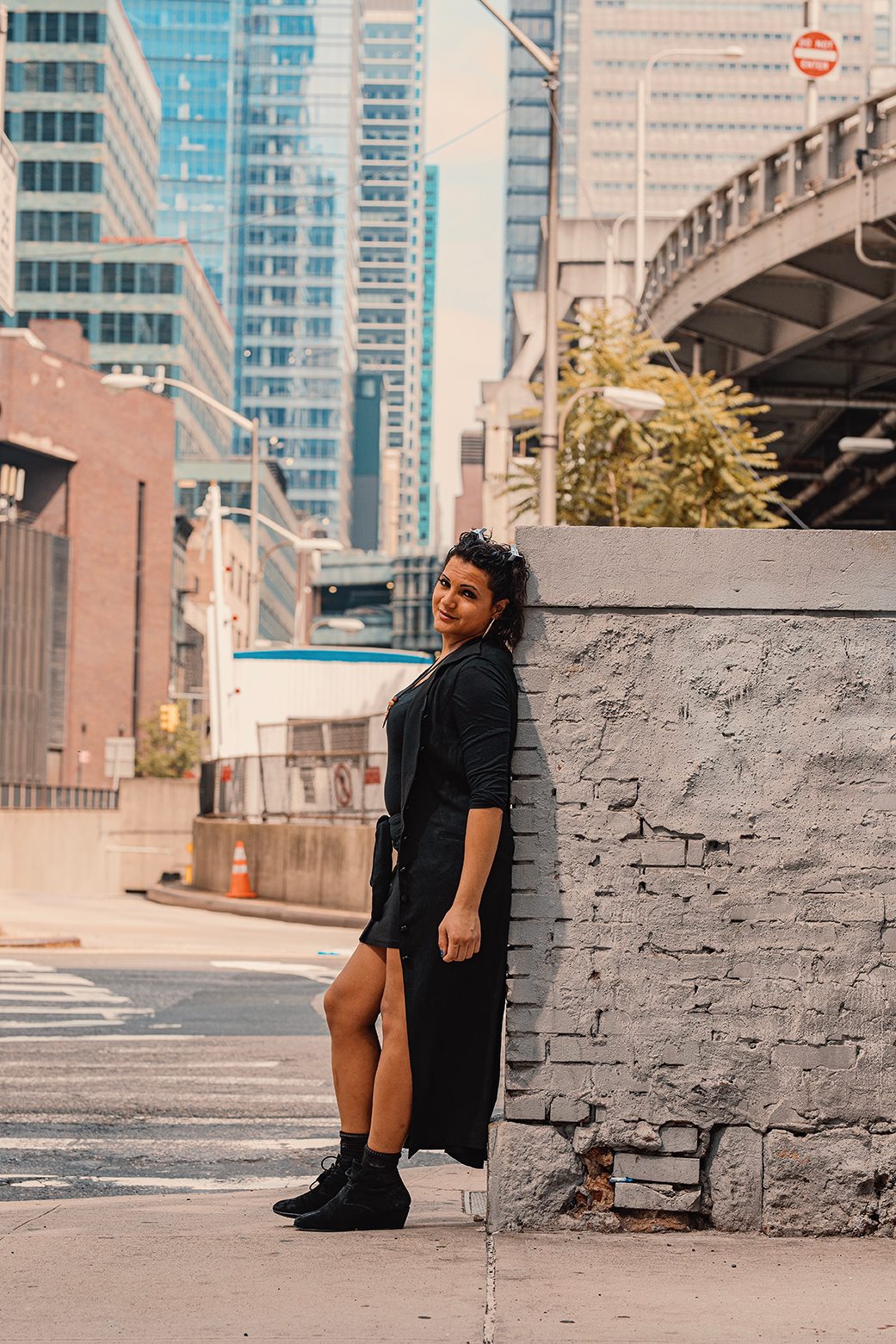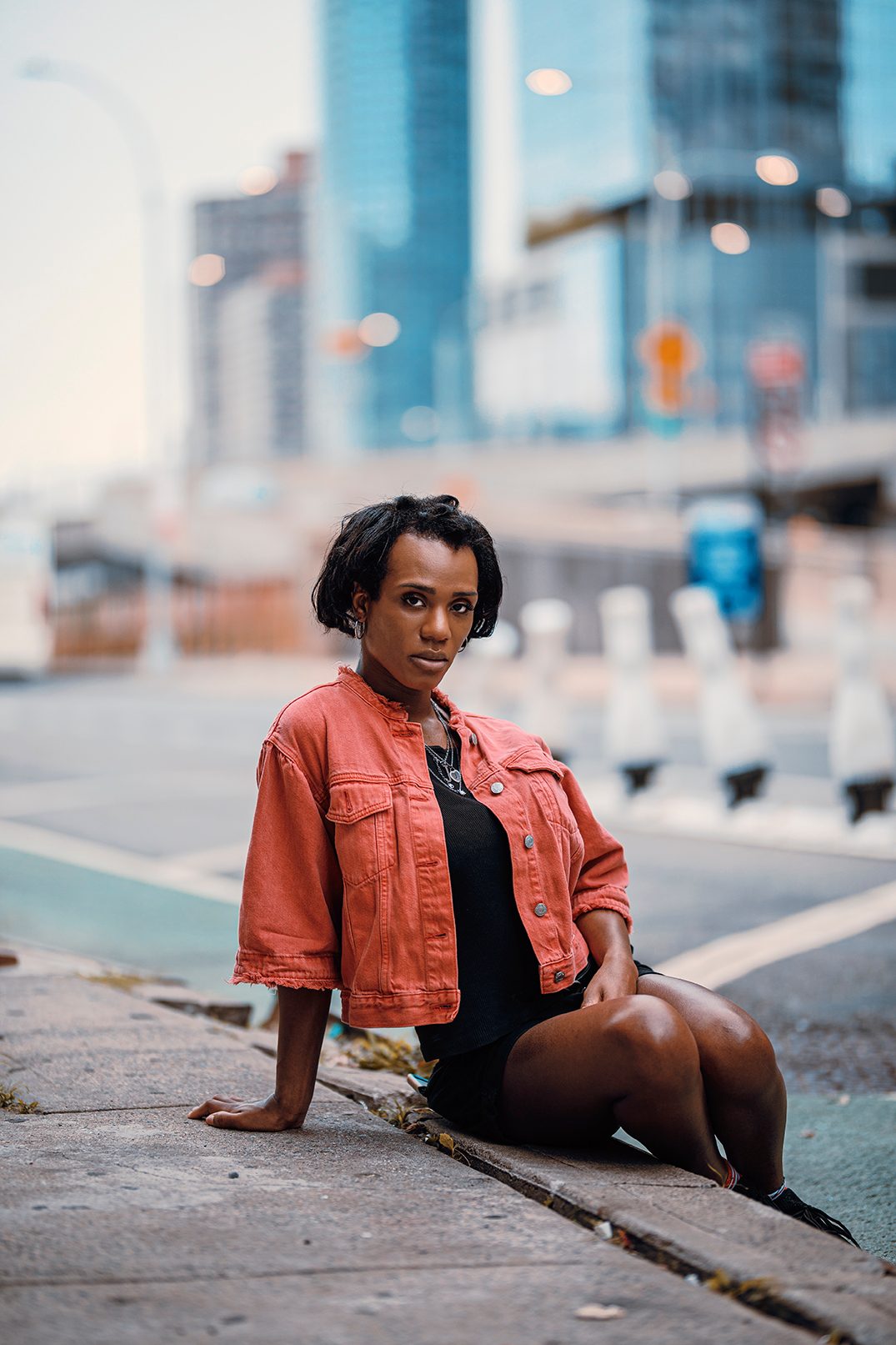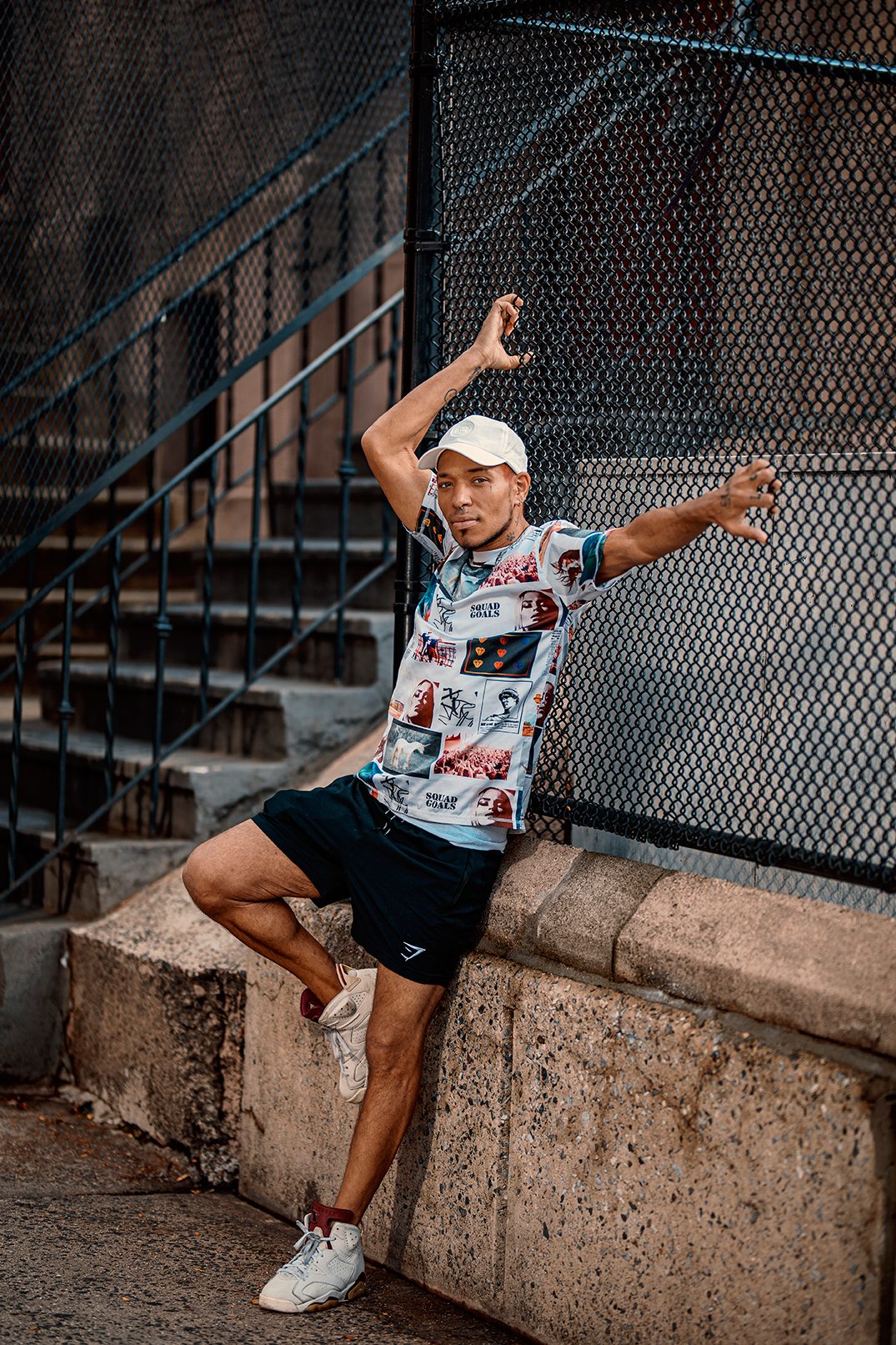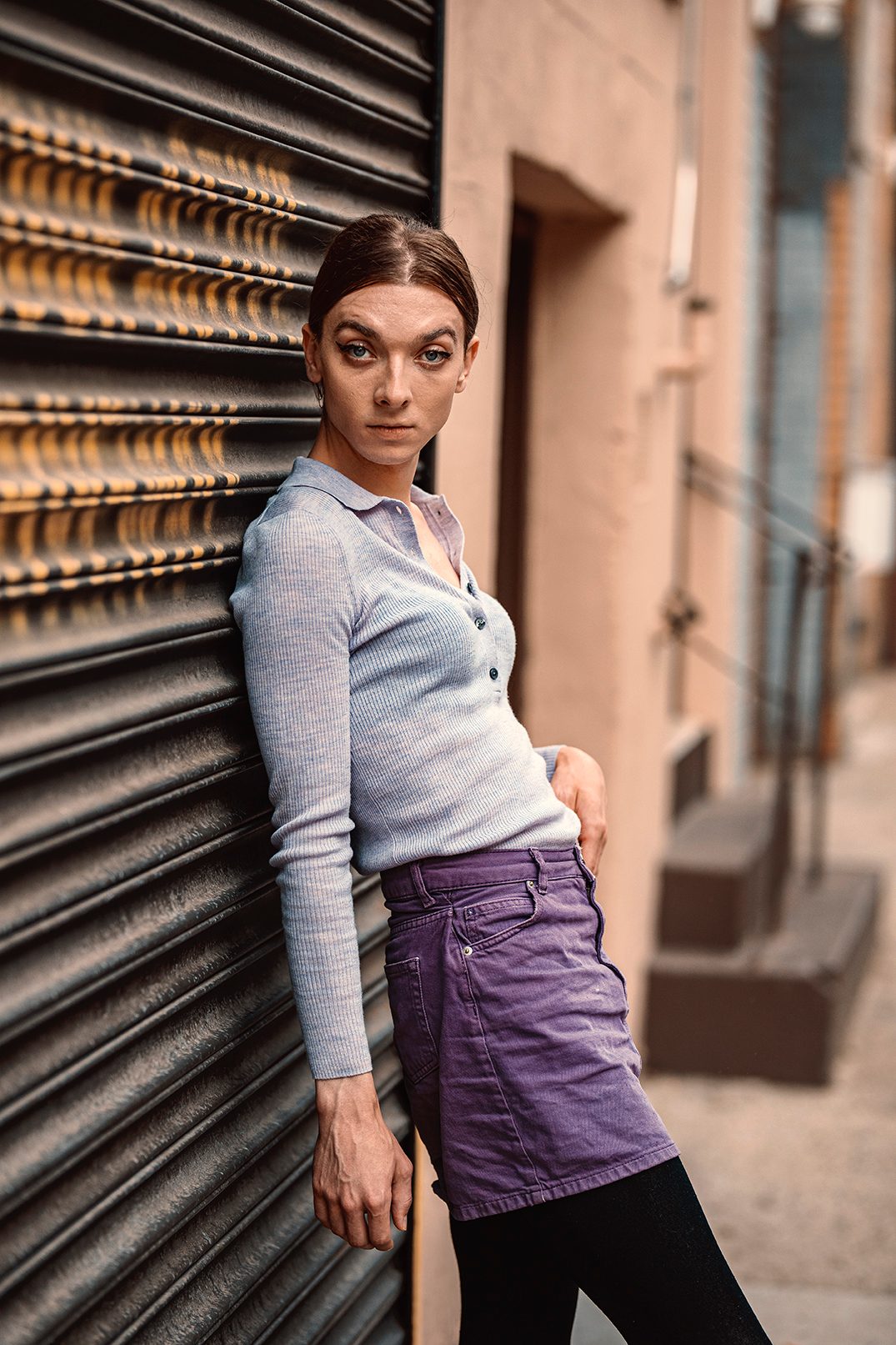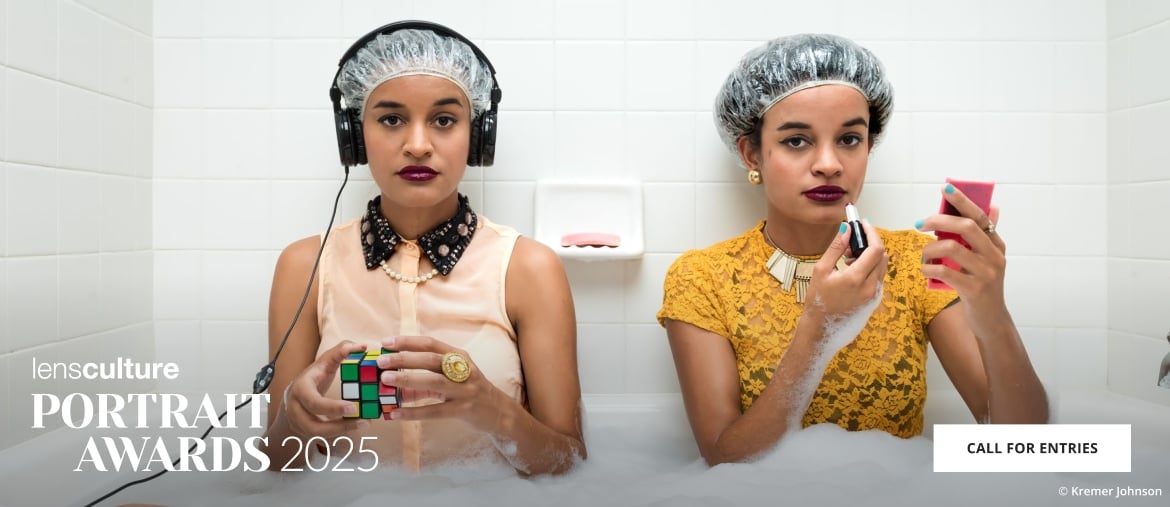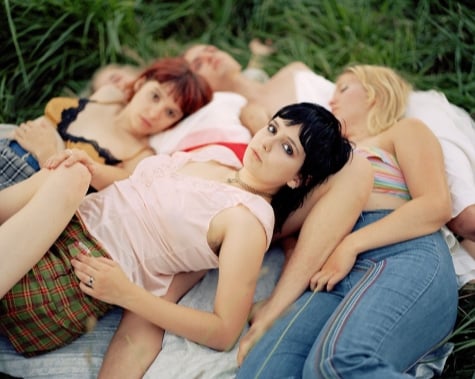A new documentary portrait series, From the Streets to the Heart, focuses on homeless LGBTQIA+ youth and young adults in New York City. The project was initiated and created by Dutch photographer Ernst Coppejans, who also interviewed each of the 30 subjects to get their background stories and current situations.
The combination of dignified portraits and the often harrowing stories (including audio clips allowing us to hear each person’s own voice) creates a palpable and empathetic understanding of how these people came to be who and where they are in the present moment.
The project is a testament to the courage and resilience of people who are compelled to take very difficult steps in their lives to be true to themselves — despite tremendous emotional and financial challenges, physical danger and everyday prejudice.
Here is just one of the 30 documentary portraits and stories from the project (scroll down to see several more portraits):
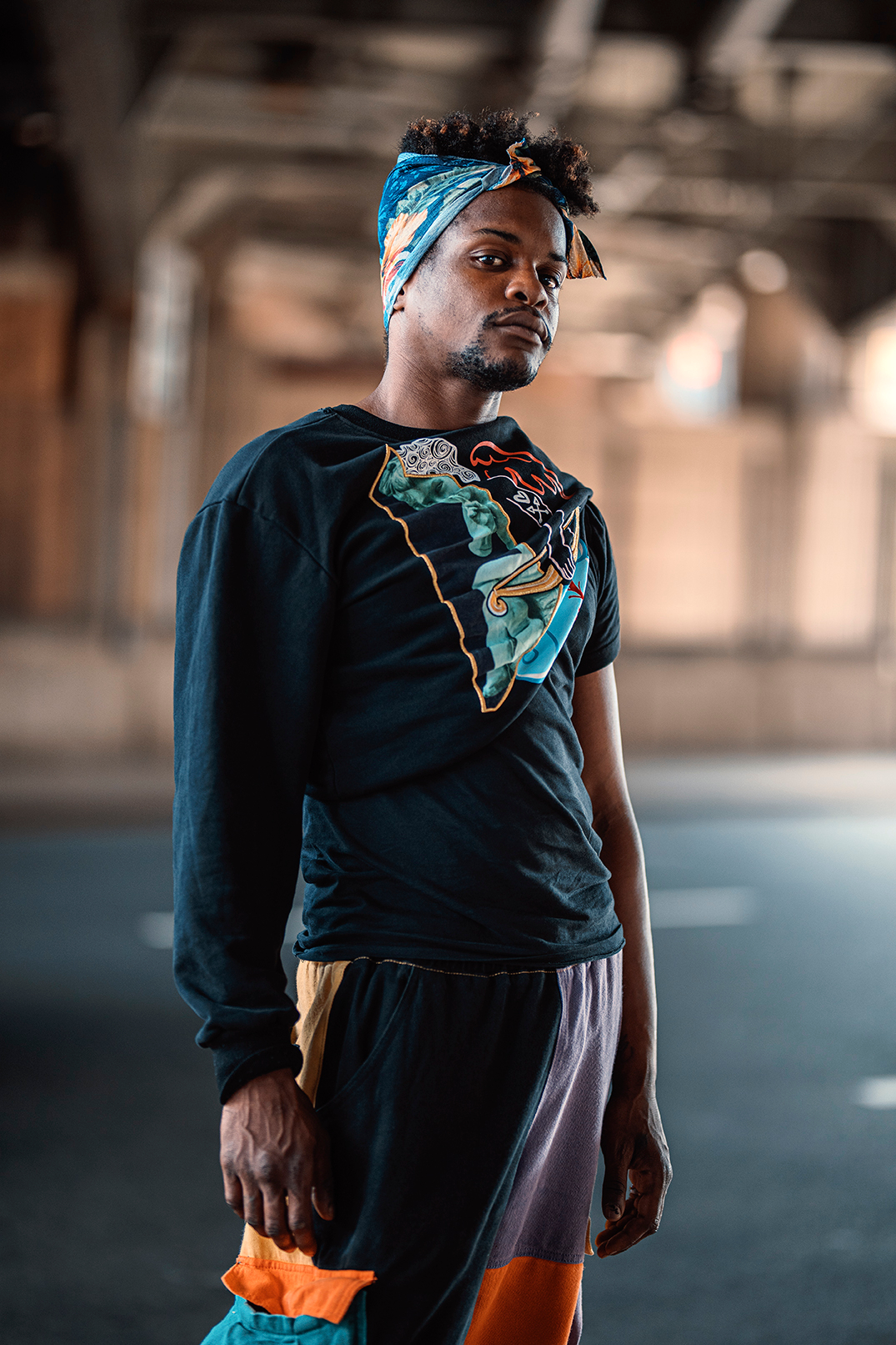
Faith, 25
“I grew up in Newark, New Jersey. I came here six years ago to be who I am. It’s more lenient and more liberal here. It is very close to New York, but it’s very different on the understanding aspect. I definitely had a lot of problems with people minding my business instead of minding theirs. I grew up with my family. My family was understanding, actually, but they weren’t understanding to what it was. Jersey is very dumb to the whole LGBTQIA+ aspect. So they just looked at it as gay. But in all reality, gay is man seeking a man. That’s not what my case was. So I had to break it down to them and really tell them the difference between every acronym of LGBTQIA+.”
Acceptance
“I’ve always been out. I was born out. I was born just being who I was. I always knew. I just didn’t specifically see a gender in who I like. I see a vibe and an energy.”
“My family accepted me, but that doesn’t mean Tom, Susan, and Harry or neighbors or other people around you will accept that you’re walking hand in hand with maybe a guy. I am pan so some days it could be a guy or the next it could be a trans woman or an actual woman or someone of any type of pronoun or gender. So they weren’t ready for that. My family wasn’t the issue. It was the community that didn’t have the tolerance for who I was.”
Struggle in New York
“When I arrived in New York I automatically went into the homeless system. It was either homeless system or stay in Jersey with the possibly of getting assaulted at nighttime or beat to death or any situation like that. Something happened to me once in Jersey where someone pulled a gun on me for just walking down the street. They weren’t trying to rob me or nothing, just pulled out the gun because of how I was looking. That was the last straw. I was like, if I can lose my life for being who I am, I’d rather just go somewhere where I can be who I am and not have what I have. So I came here. I started from the bottom. I went to Sylvia’s Place. I went to Ali Forney, Street Work and Safe Horizon. They saved my life.”
“I live in a two bedroom. It’s shared, but right now I don’t have a roommate. It’s a housing program through Housing Works. You pay 30% of your income. You work and have case management sessions and mental health sessions.”
Storage unit
“I had to fight for stability at 18. I had to find a place to live, health insurance, food stamps, cash. I had to find help with my mental health. I had to build a whole new life here. So it definitely took years to be where I’m now. Now I can say I can pursue higher education. I have the time and I have the stability. I have hopes to help other people who have been in my position.”
“I’m happy with what I have. I’m grateful. But I could have been further if I didn’t have to go through what I went through. But I am happy though because there were times when I wouldn’t know if I was going to sleep in my Cube Smart or outside because they might catch me and I would lose my storage unit. You get what I mean? I’m happy because of that though. I don’t have to deal with that no more.”
Interviewed in the summer of 2023
The entire project is currently being exhibited as part of the Photoville festival in New York City, and it will remain up and open to the public through September 1, 2024.
In the week before the exhibition opened, Coppejans spoke with Jim Casper at LensCulture about this work. Here is an edited version of their conversation:
Jim: This is a monumental project that you developed over a couple years, involving a lot of time, earning trust, traveling to New York from Amsterdam for extended periods of research and interviews and portrait-making. What was it that compelled you to embark on such a big undertaking?
Ernst: About a year before I started, I read an article about how many LGBTQ youth move to New York and end up homeless there. That shocked me, because we don’t have that problem (to that large degree) in Amsterdam. So when I had the opportunity to be in New York for two exhibitions of my work in 2022, I did research and found this organization called New Alternatives that takes care of this particular group of homeless people. I called, and a woman named Kate agreed to meet with me, and then invited me to a group dinner at a church.
So that Sunday I walked into this basement, which was a school canteen kind of situation, like mayhem and fun and laughter and dancing and chatting and gossiping and flirting and everything. And I thought very naively that I was going to take my moment and get the group to listen to my introduction, who I was, and show them some work. And that, of course, didn’t work. There was a very short attention span. So I sat down at every table and moved around. That evening alone, already four of the people said, “I would really love to be a part of this project and tell my story.”
How did you present your idea of the series to them?
I said, I want to make a portrait series about you guys, about LGBTQ homeless people. I’m gay as well. In my work, I love to pay attention to socially difficult subjects that I think need to be heard by larger groups of people. I know that I am privileged. The Netherlands is different from the States. However, there is a similar thing for all LGBTQ people I think: When you grow up, you are the strange one. You’re the odd one. And it wasn’t different for me.
I mean, I grew up in a small town down south in the Netherlands, and I felt like I was the only gay in the village. There must’ve been more, though. I just didn’t know them. But that’s how it felt. So after high school, I immediately moved to Amsterdam, and that turned out to be similar to the way many of the people I interviewed ended up in New York. They grew up in states that were very conservative or very religious.
The stories are pretty heart-wrenching. It seems like most were not well prepared for what living in New York meant from a practical standpoint.
Well, yeah, the first goal was to get away from home and get to New York. And once you’re there, anything can happen. The beauty of this series is that there’s this whole story before, and then they’re in New York, and then there are hopes and dreams and possibilities.
You can stay where you were born, but then you have to be in hiding basically all the rest of your life. It’s dangerous. You can never be yourself. So that’s just not an option. So if you’re LGBTQ in the states, you leave home and you either go to San Francisco or to New York.
Yet in New York, it’s close to impossible to find a place to live because even people with three jobs can’t find a place. So how are you going to do that if you don’t have a job? You’re new, you don’t have any money, what do you do? So then you end up on the streets and in the shelter system, basically. Even so, they feel safer and more respected and seen than they were in the places where they grew up.
Each of these portraits seems calm, honest, sincere, dignified. Did you have a visual strategy in mind when you started the project?
They had to be center stage because it’s all about them. They need to shine. It’s an ode to who they are, but the city was also important. So I wanted to do it outside in natural light. I decided to do the background out of focus and to focus on them — no other people in the background, no cars, just a quiet moment, kind of where time stood still, that was the idea.
Was it your intention from the beginning to ask them to tell their stories in such detail?
There wouldn’t be a point in making the portraits if I didn’t tell their stories. Their goal of this whole project is to tell their stories. I’m a photographer, that’s what I love to do. So making the portrait, that’s amazing. But you need the story and the combination of the story and the portrait, I think is really strong because what I hope is that these portraits show them as they are. They’re strong and they’re powerful, and they went through a lot and they survived. They’re proud, and they carry themselves well.
To see the full series of portraits and stories, you can visit the free outdoor exhibition at Photoville in New York, or go the the project website: From the Streets to the Heart. If you care to help, you can donate to New Alternatives.

